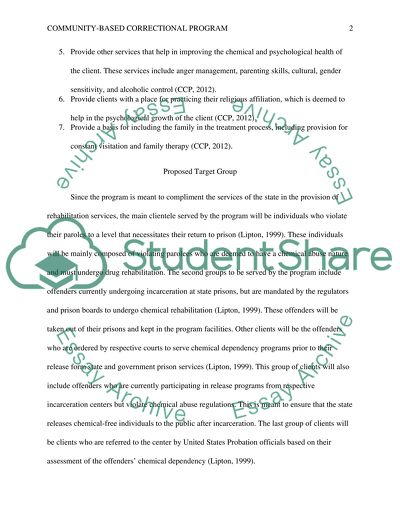Cite this document
(“Community Based Correctional Program Research Proposal”, n.d.)
Community Based Correctional Program Research Proposal. Retrieved from https://studentshare.org/social-science/1594892-tools-over-mind-program
Community Based Correctional Program Research Proposal. Retrieved from https://studentshare.org/social-science/1594892-tools-over-mind-program
(Community Based Correctional Program Research Proposal)
Community Based Correctional Program Research Proposal. https://studentshare.org/social-science/1594892-tools-over-mind-program.
Community Based Correctional Program Research Proposal. https://studentshare.org/social-science/1594892-tools-over-mind-program.
“Community Based Correctional Program Research Proposal”, n.d. https://studentshare.org/social-science/1594892-tools-over-mind-program.


